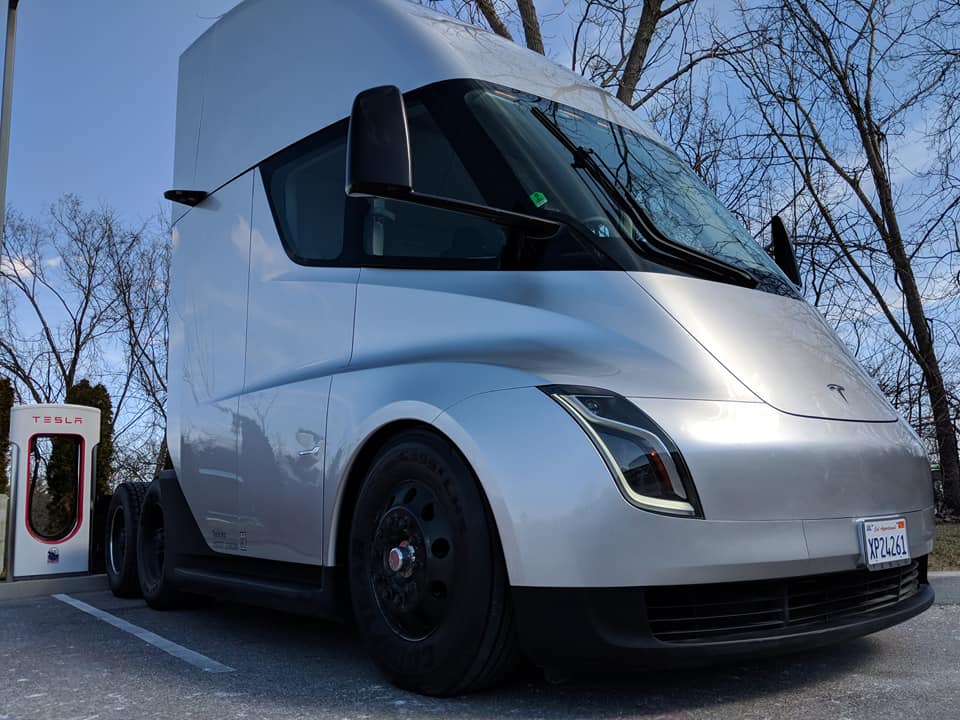
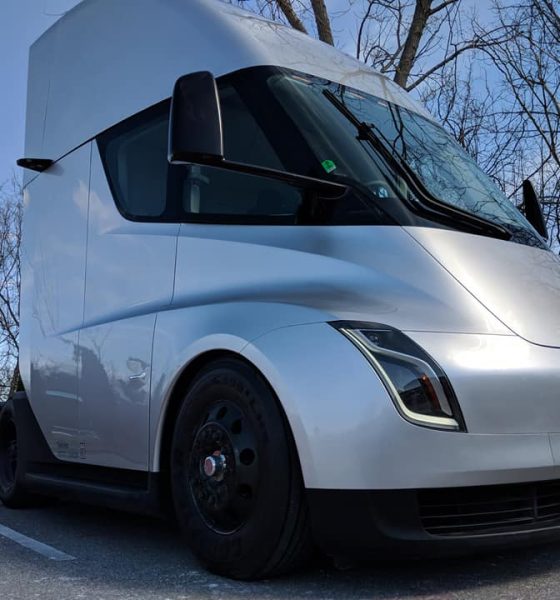
News
FedEx places order for 20 Tesla Semi electric trucks
FedEx Corp. has joined the likes of UPS, PepsiCo, and Anheuser-Busch as the Tesla Semi’s latest customer. In a press release, the American multinational courier delivery services company announced that it had placed a reservation for 20 electric trucks from Tesla, as part of its initiative to push green technologies into its operations.
The press release, which was released Monday morning, noted that the 20 Tesla Semis would be deployed and operated by FedEx Freight, the company’s less-than-truckload (LTL) service, which covers the transportation of relatively small cargo. According to FedEx Freight president and CEO Mike Ducker, the company’s investment and commitment to the Tesla Semi stands as its latest statement on its continuing efforts to incorporate sustainability into its day-to-day systems.
“FedEx has a long history of innovation and incorporating sustainability efforts throughout its global network. Our investment in these trucks is part of our commitment to improving road safety while also reducing our environmental impact,” the FedEx Freight CEO said.
In the company’s press release about the purchase of the Class 8 electric trucks, FedEx asserted that it had been actively engaged in green initiatives for the past decade. According to FedEx, the company has saved approximately 158 million gallons of fuel since 2008, thanks to its adoption of vehicles that employ fuel cells, natural gas, hybrid engines, and electric drivetrains. The company also noted that it is in a continuous process to replace its legacy fleet with more efficient and environmentally friendly vehicles, such as the Tesla Semi.
The Tesla Semi features four Model 3-derived electric motors, making it completely emissions-free. The instant torque provided by its electric motors also enables the long-hauler to pull its load with speeds that are far beyond the industry standard. During its unveiling, Tesla CEO Elon Musk announced that the Semi is capable of going from 0-60 mph while pulling a full 80,000 load in as little as 20 seconds. Without cargo, the electric truck is even faster, showing tire-shredding acceleration, as could be seen in a previous sighting of the vehicle.
Over the past couple of weeks, Tesla appears to be deploying its long-range silver Semi prototype to some of its biggest reservation holders. Two weeks ago, the electric truck was spotted in Anheuser-Busch’s brewery in St. Louis, MO. The truck was parked in the brewery for a few hours, and was later seen parked at a Supercharger in St. Charles, roughly 24 miles away from the Anheuser-Busch facility.
Last week, the Tesla Semi was spotted in a Dallas, TX Service Center, before being sighted at the Reunion Tower the following day, where Tesla and PepsiCo reportedly held a demo for the electric truck. Ryan O’Donnell, a member of the Tesla community who lives in the area, was able to enter the demo event, snapping some close-up pictures of the electric truck. O’Donnell also noted that a PepsiCo employee stated that the company’s 100 orders for the Tesla Semi were just a “drop in the bucket” for how many units the beverage and snack company is planning to order in the future.

Elon Musk
Elon Musk predicts AI and robotics could make work “optional” within 20 years
Speaking on entrepreneur Nikhil Kamath’s podcast, Musk predicted that machines will soon handle most forms of labor, leaving humans to work only if they choose to.
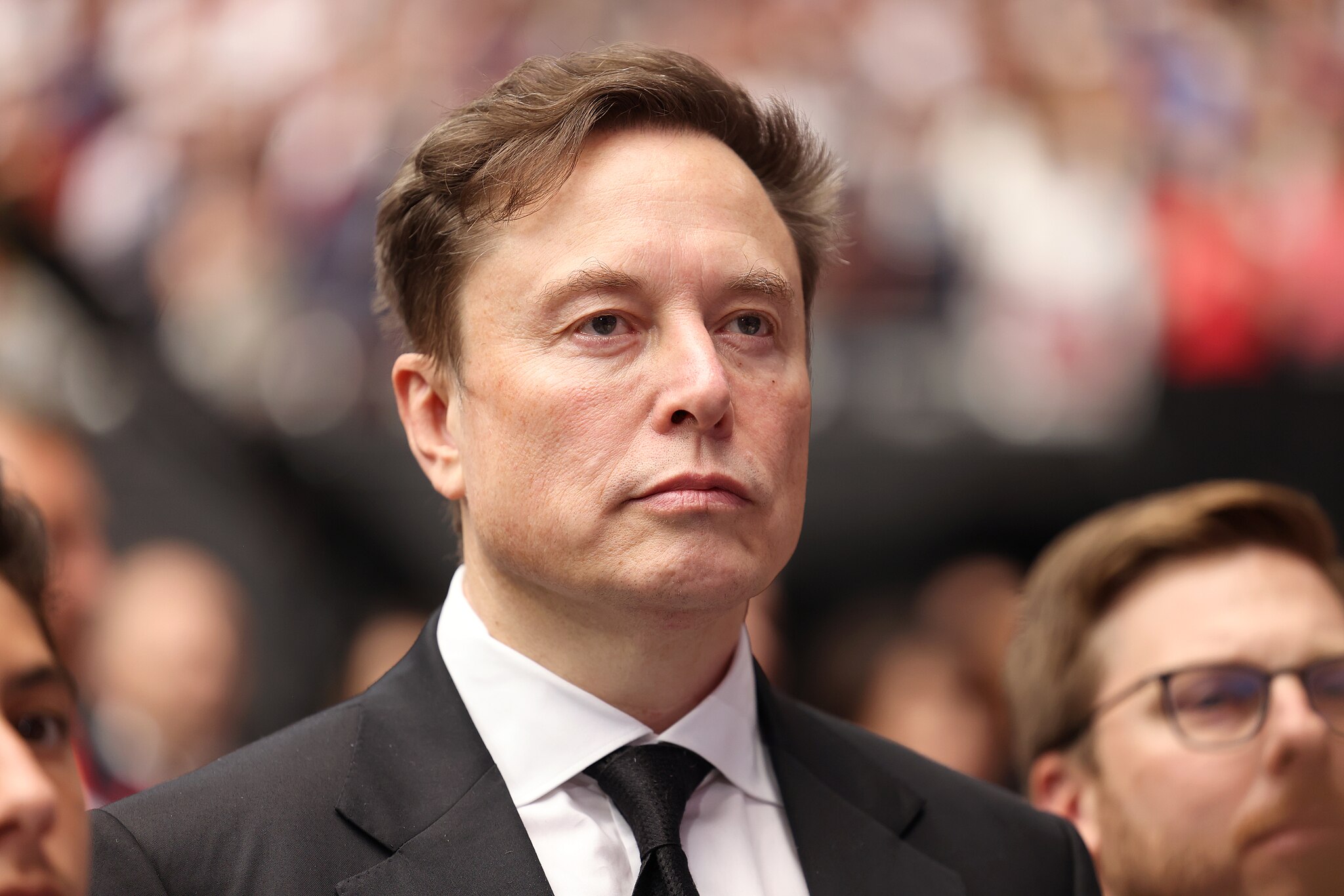
Elon Musk stated that rapid advances in artificial intelligence and robotics could make traditional work unnecessary within two decades.
Speaking on entrepreneur Nikhil Kamath’s podcast, Musk predicted that machines will soon handle most forms of labor, leaving humans to work only if they choose to.
Work as a “hobby”
During the discussion, Musk said the accelerating capability of AI systems and general-purpose robots will eventually cover all essential tasks, making human labor a choice rather than an economic requirement. “In less than 20 years, working will be optional. Working at all will be optional. Like a hobby,” Musk said.
When Kamath asked whether this future is driven by massive productivity growth, Musk agreed, noting that people will still be free to work if they enjoy the routine or the challenge. He compared future employment to home gardening, as it is something people can still do for personal satisfaction even if buying food from a store is far easier.
“Optional” work in the future
Elon Musk acknowledged the boldness of his claim and joked that people might look back in 20 years and say he was wrong. That being said, the CEO noted that such a scenario could even happen sooner than his prediction, at least if one were to consider the pace of the advancements in AI and robotics.
“Obviously people can play this back in 20 years and say, ‘Look, Elon made this ridiculous prediction and it’s not true,’ but I think it will turn out to be true, that in less than 20 years, maybe even as little as ten or 15 years, the advancements in AI and robotics will bring us to the point where working is optional,” Musk said.
Elon Musk’s comments echo his previous sentiments at Tesla’s 2025 Annual Shareholder Meeting, where he noted that Optimus could ultimately eliminate poverty. He also noted that robots like Optimus could eventually provide people worldwide with the best medical care.
Elon Musk
Elon Musk reiterates why Tesla will never make an electric motorcycle
Tesla CEO Elon Musk preemptively shut down speculations about a Tesla road bike once more.
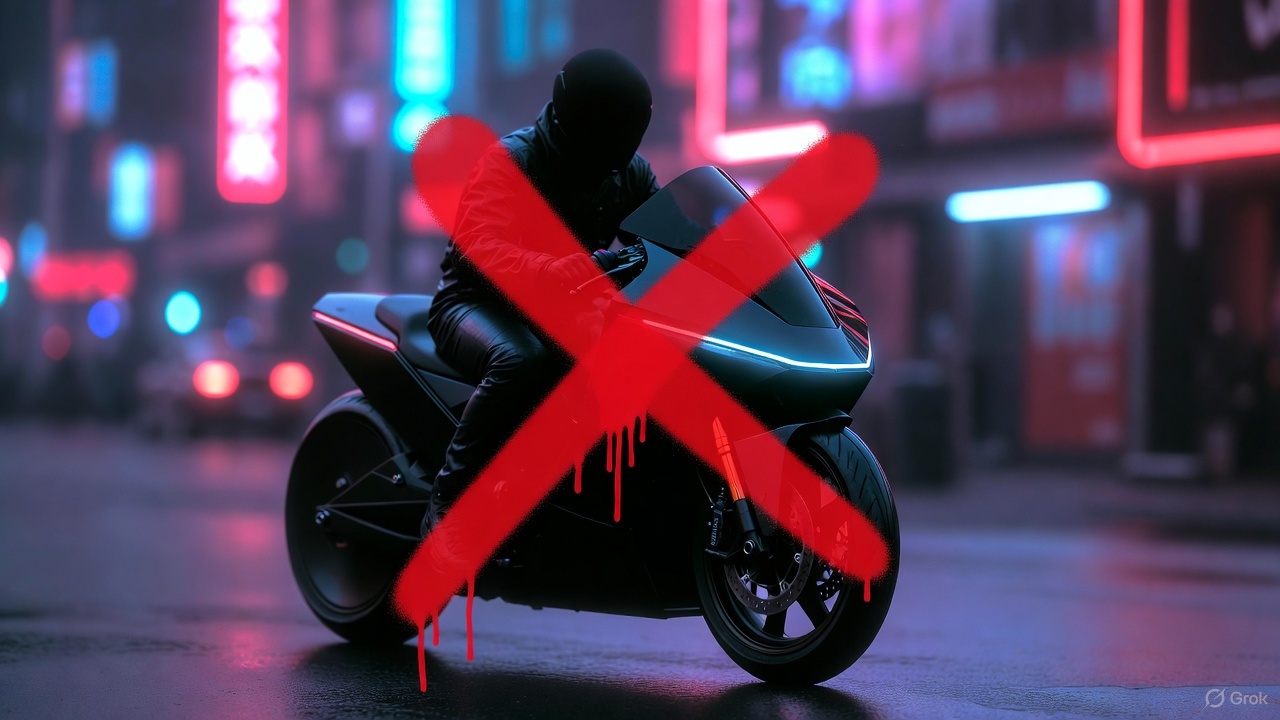
Tesla CEO Elon Musk preemptively shut down speculations about a Tesla road bike once more, highlighting that the electric vehicle maker has no plans to enter the electric motorcycle market.
Musk posted his clarification in a post on X.
Musk’s reply to a fun AI video
X user @Moandbhr posted an AI video featuring the Tesla CEO on the social media platform, captioning it with “Mr. Elon Musk Just Revealed the Game-Changing Tesla Motorcycle.” The short clip depicted Musk approaching a sleek, single-wheeled vehicle, stepping onto it, and gliding off into the distance amid cheers. The fun video received a lot of traction on X, gaining 3.1 million views as of writing.
Musk replied to the post, stating that a Tesla motorcycle is not going to happen. “Never happening, as we can’t make motorcycles safe. For Community Notes, my near death experience was on a road bike. Dirt bikes are safe if you ride carefully, as you can’t be smashed by a truck,” Musk wrote in his reply.
Musk’s Past Comments on Two-Wheelers
Musk also detailed his reservations about motorcycles in a December 2019 X post while responding to questions about Tesla’s potential ATV. At the time, he responded positively to an electric ATV, though he also opposed the idea of a Tesla road-going motorcycle. Musk did state that electric dirt bikes might be cool, since they do not operate in areas where large vehicles like Class 8 trucks are present.
“Electric dirt bikes would be cool too. We won’t do road bikes, as too dangerous. I was hit by a truck & almost died on one when I was 17,” Musk wrote in his post.
Considering Musk’s comments about dirt bikes, however, perhaps Tesla would eventually offer a road bike as a recreational vehicle. Such a two-wheeler would be a good fit for the Cybertruck, as well as future products like the Robovan, which could be converted into an RV.
News
Tesla continues growing its Cybercab production team with new job listings
Both positions are based in Gigafactory Texas, the site of the Cybercab’s initial production.
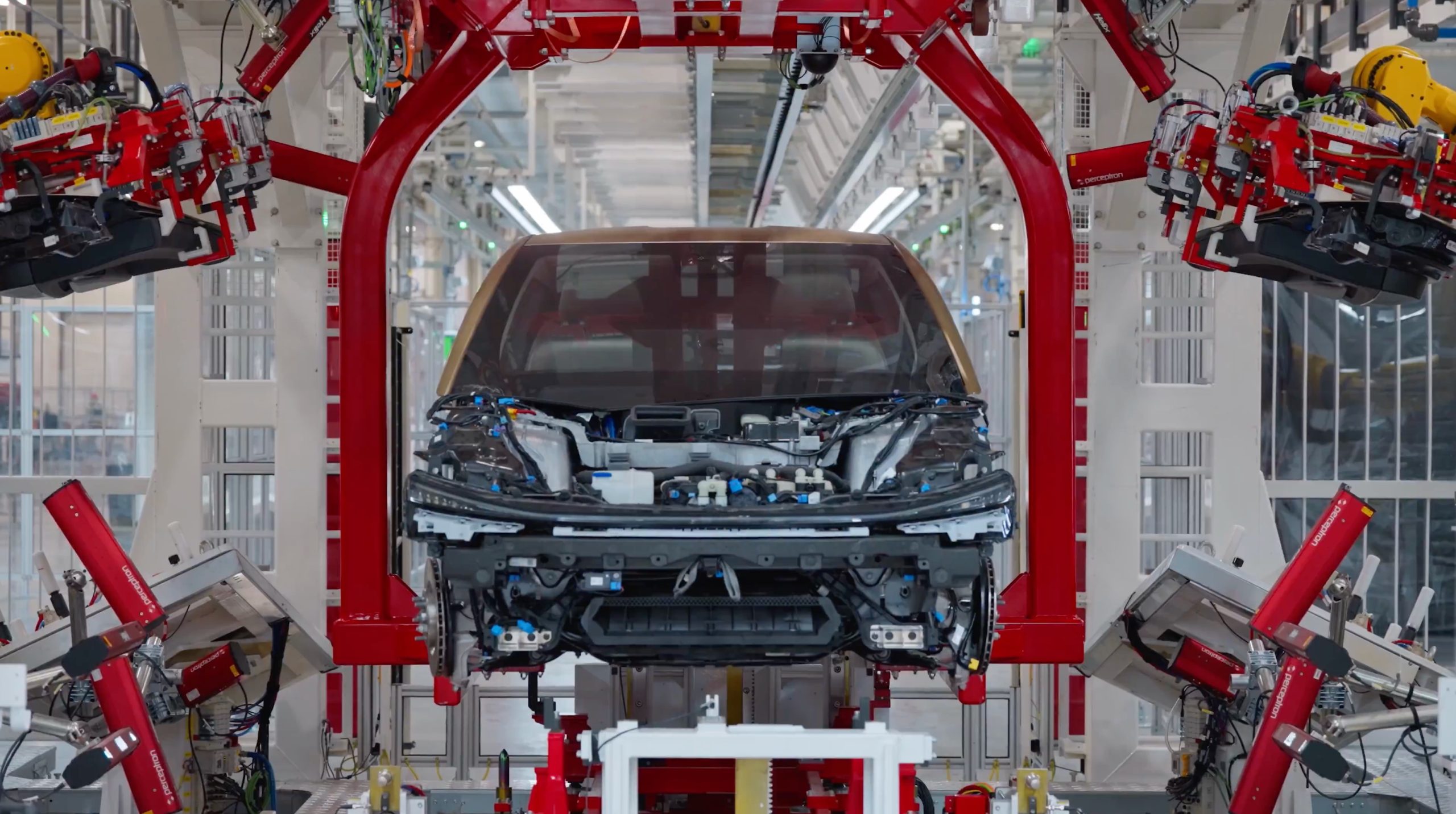
Tesla continues to build out its workforce for the upcoming Cybercab, with two new job listings for quality inspectors for the autonomous two-seater being listed in the company’s official Careers website.
Both positions are based in Gigafactory Texas, the site of the Cybercab’s initial production.
New Cybercab listings
Tesla recently added openings for “Quality Inspector, Cybercab” and “Quality Inspector, Cybercab – Incoming Quality” on its Careers website. The roles involve detailed inspections of Cybercab components using precision tools such as calipers, micrometers, and gauges, among others. Candidates must also identify non-conformances, document findings in Tesla’s quality management system and collaborate with production teams to resolve issues swiftly.
Overall, these new Cybercab-related roles highlight Tesla’s emphasis on precision for the two-seater’s innovative features, such as its inductive charging setup, which is not available on any Tesla consumer vehicle today. If any, the Cybercab’s Quality Inspectors will likely be operating in uncharted territory as the vehicle is being produced using Tesla’s new Unboxed process. Elon Musk has also noted that the Cybercab’s production line will resemble a high-speed consumer electronics line instead of a conventional automotive line.
Recent Cybercab Design Evolutions
Since its October 2024 unveiling, the Cybercab has undergone several refinements visible in recent prototypes, enhancing aerodynamics and manufacturability ahead of production. The tail design now rises slightly for better airflow, with a shortened rear body panel and repositioned red reflectors farther from the wheel arches.
Front-end updates include segmented daytime running lights, actual turn signals and a sharper splitter, while side repeater cameras have shifted forward for improved visibility. Tesla has also enlarged door panels for easier ingress and egress, swapped to unpainted tires without extended covers and adjusted the B-pillar forward and lower, likely to foster a more open cabin feel.









